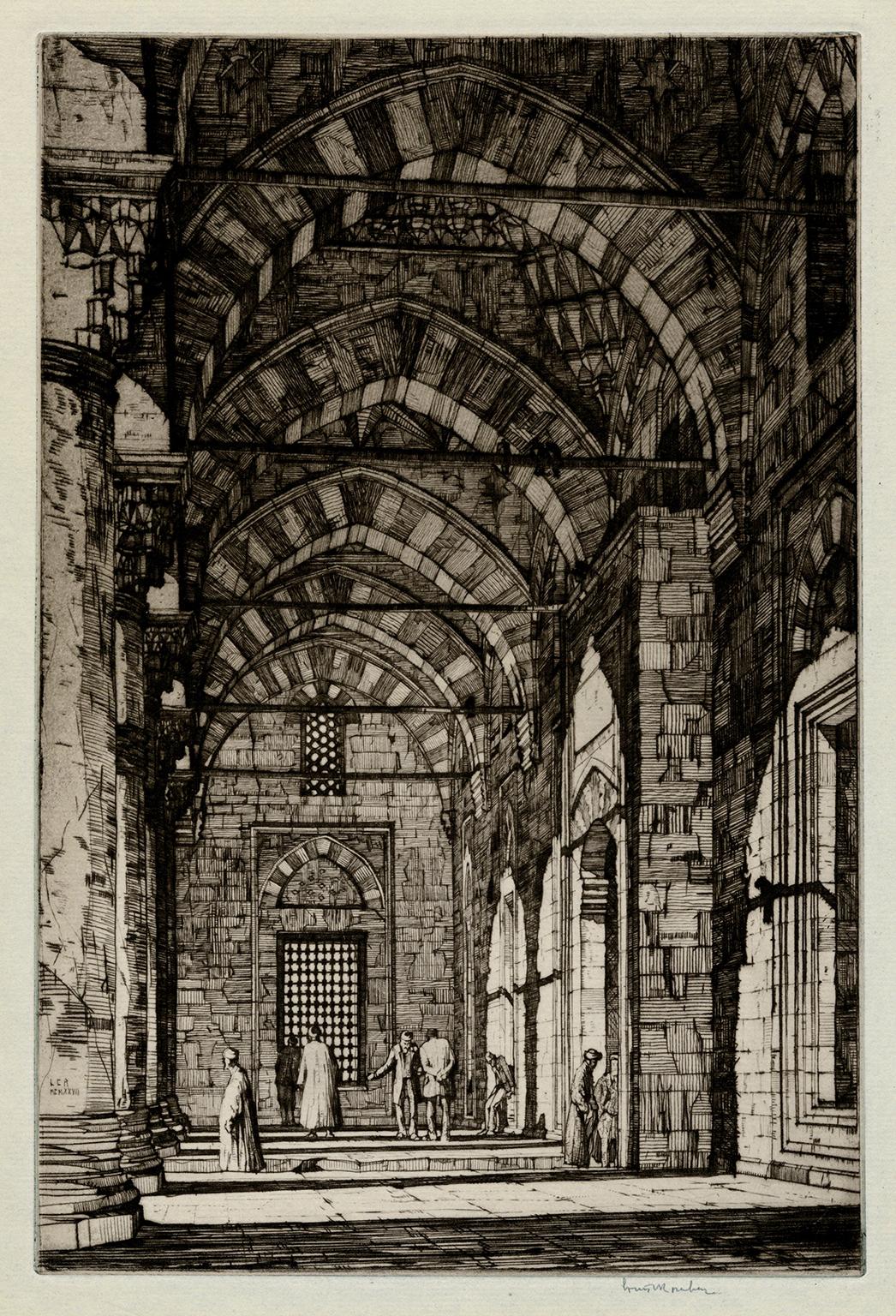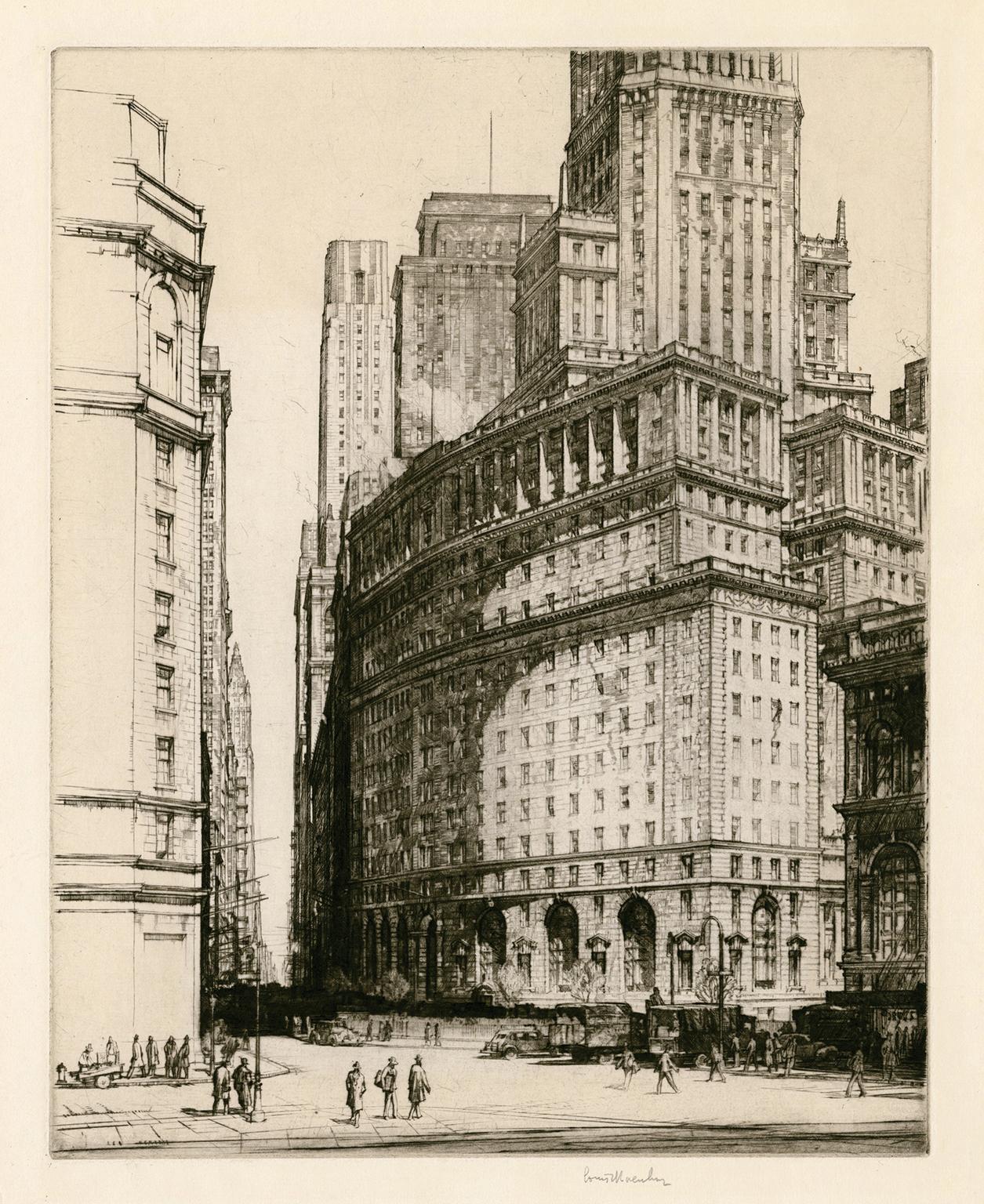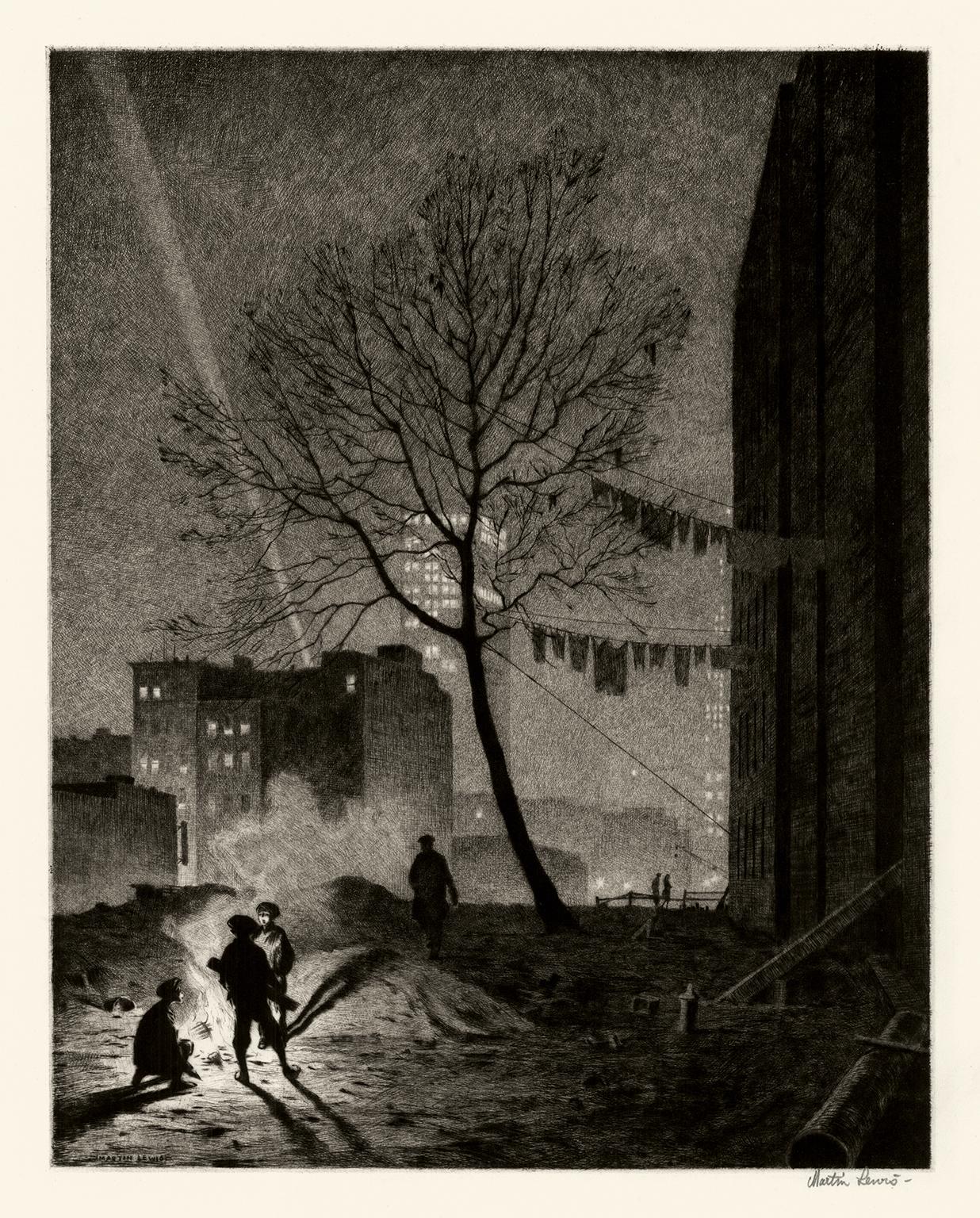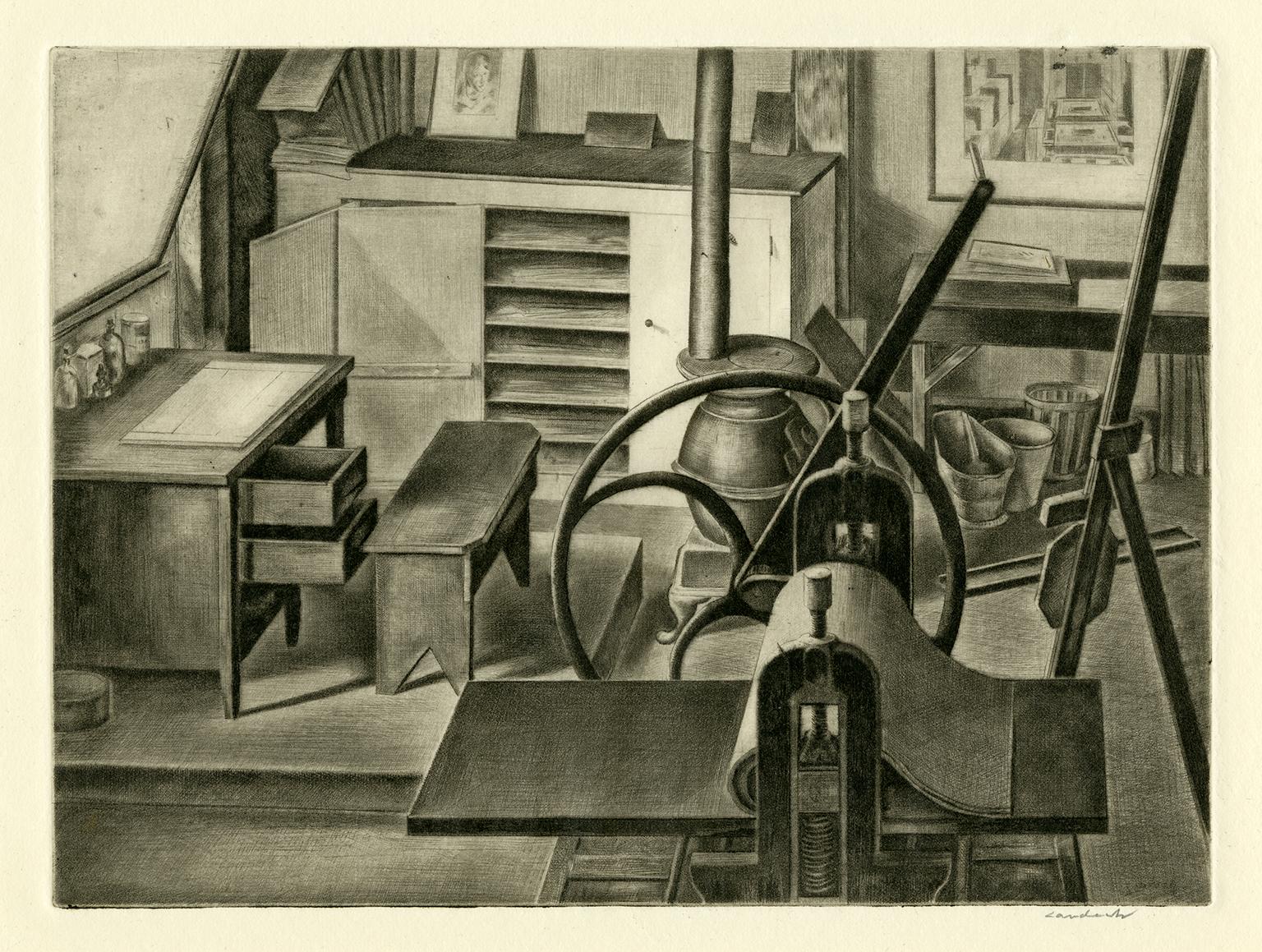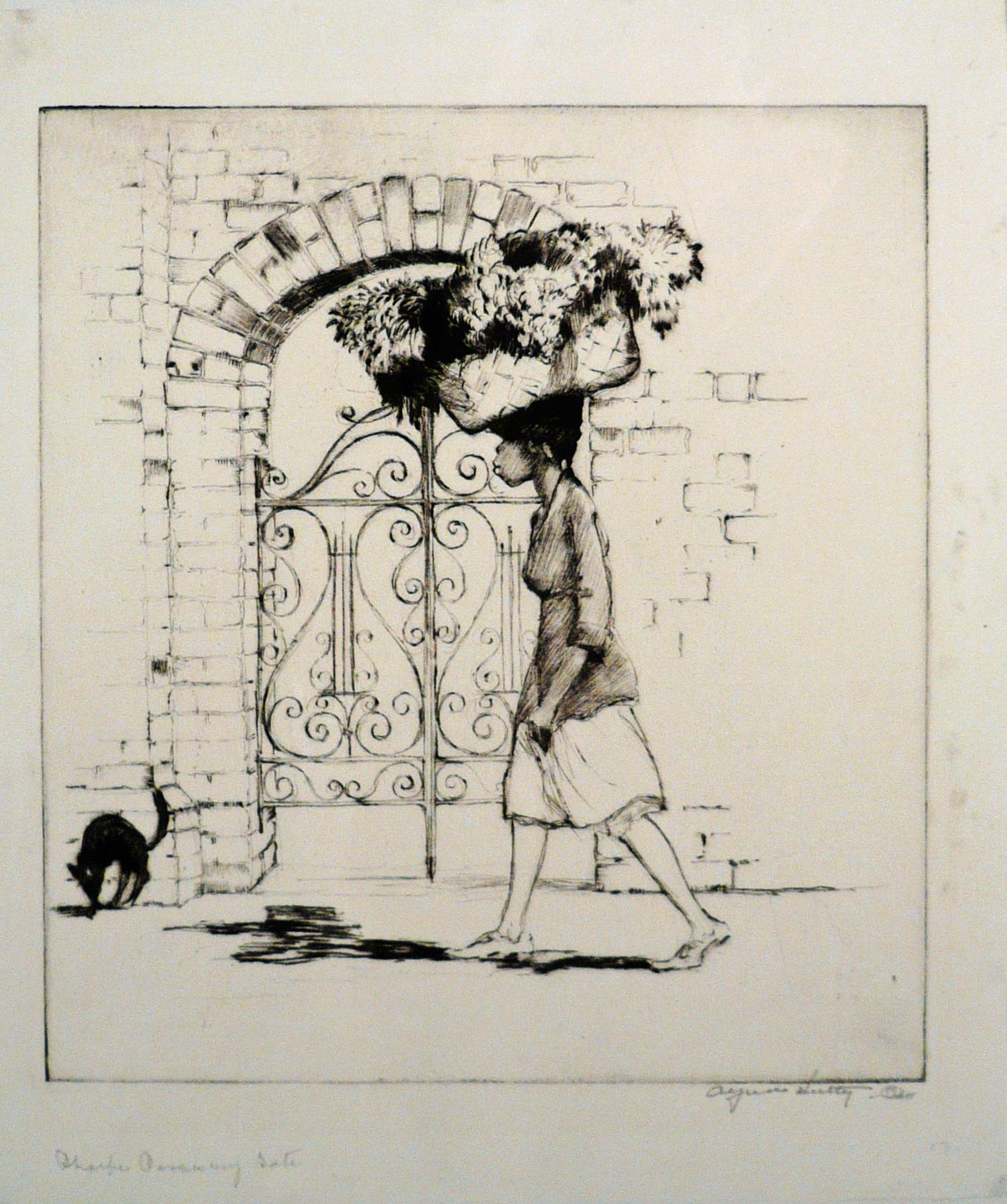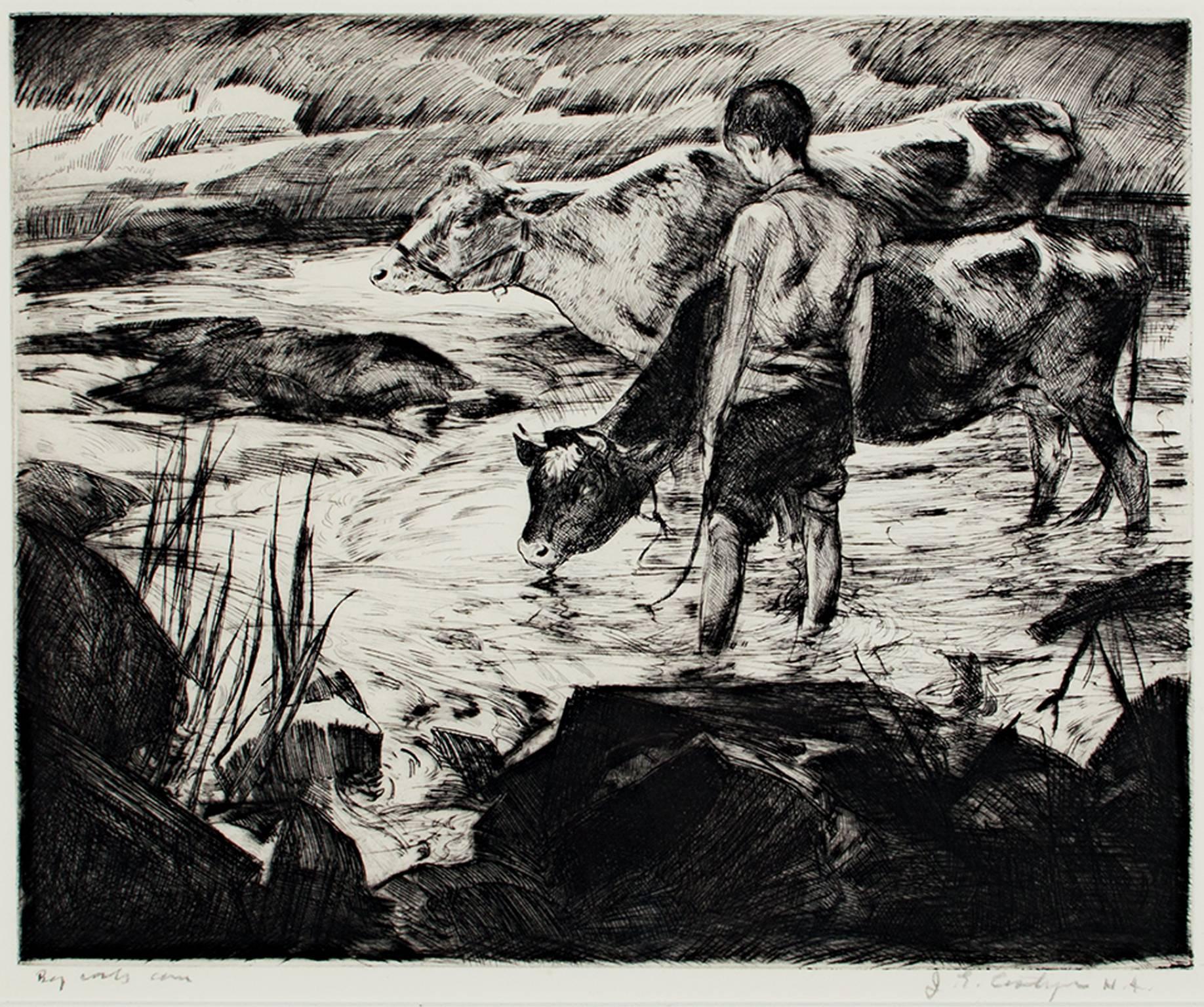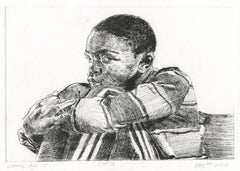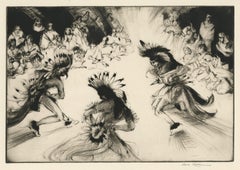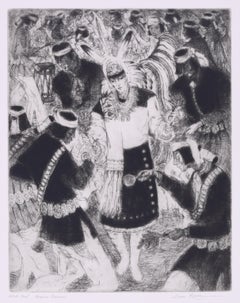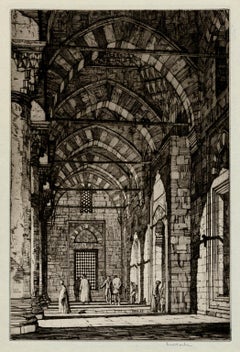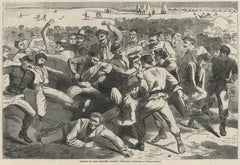
Holiday in Camp -- Soldiers Playing "Foot-Ball"
View Similar Items
Want more images or videos?
Request additional images or videos from the seller
1 of 7
Holiday in Camp -- Soldiers Playing "Foot-Ball"1865
1865
About the Item
- Creation Year:1865
- Dimensions:Height: 9.25 in (23.5 cm)Width: 13.75 in (34.93 cm)
- Medium:
- Movement & Style:
- After:Winslow Homer (1836 - 1910, American)
- Period:
- Condition:
- Gallery Location:Fairlawn, OH
- Reference Number:Seller: FA105811stDibs: LU1408880152
About the Seller
5.0
Recognized Seller
These prestigious sellers are industry leaders and represent the highest echelon for item quality and design.
Platinum Seller
Premium sellers with a 4.7+ rating and 24-hour response times
Established in 1978
1stDibs seller since 2013
784 sales on 1stDibs
Associations
International Fine Print Dealers Association
Authenticity Guarantee
In the unlikely event there’s an issue with an item’s authenticity, contact us within 1 year for a full refund. DetailsMoney-Back Guarantee
If your item is not as described, is damaged in transit, or does not arrive, contact us within 7 days for a full refund. Details24-Hour Cancellation
You have a 24-hour grace period in which to reconsider your purchase, with no questions asked.Vetted Professional Sellers
Our world-class sellers must adhere to strict standards for service and quality, maintaining the integrity of our listings.Price-Match Guarantee
If you find that a seller listed the same item for a lower price elsewhere, we’ll match it.Trusted Global Delivery
Our best-in-class carrier network provides specialized shipping options worldwide, including custom delivery.More From This Seller
View AllDarius at 10
By Darius Steward
Located in Fairlawn, OH
Darius at 10
Drypoint, 2022
Signed, titled and numbered in pencil
Printed by Rebekah Wilhelm
Her drystamp lower right
Published by the artist
Edition 14, plus proofs
Condition: Excel...
Category
2010s American Realist Figurative Prints
Materials
Drypoint
Indian Friendship Dance
By Gene Kloss
Located in Fairlawn, OH
Indian Friendship Dance
Drypoint, 1953
Signed in pencil lower right, (see photo)
Edition 200
Published by The Society of American Graphic Artists, New York
An impression is in the collection of SAAM, Washington and RISD Museum,
Condition: Excellent
Very rich impression with burr and selective whiping of the ink for atmospheric nocturnal effect.
Image/Plate size: 8 3/16 x 11 15/16 inches
Sheet size: 11 1/8 x 17 inches
Reference: Kloss 450
"'Indian Friendship Dance' is an eloquent statement of something which Gene Kloss has both observed and participated in. It is an Indian dance that is thought of as entertainment, rather than ceremony, but it is essentially an idea expressed in action, and an idea that has universal meaning. The young men who dance wear costumes of exquisite workmanship, intricately wrought with beads and feathers and subtle combinations of colors. The dancers are trained from childhood but develop their own steps and exhibit distinctive strength and grace. Singers and a tom-tom accompany the dance and since it usually takes place at night, a campfire is the source of light. The conclusion occurs when all the onlookers, old and young and from many places, join hands with the dancers in a slow revolving movement, while those who can, sing the difficult but meaningful Indian song that flows with the rhythmical dance step and speaks of fellowship, brotherhood, friendship." - An excerpt from a descriptive statement, written by Lynd Ward, and distributed with the drypoint at the time of publication." Courtesy Old Print Shop
Born Alice Glasier in Oakland, CA, Kloss grew up amid the worldly bustle of the San Francisco Bay Area. She attended the University of California at Berkeley, graduating with honors in art in 1924. She discovered her talents in intaglio printmaking during a senior-year course in figurative drawing. The professor, Perham Nahl, held up a print from Kloss’ first plate, still damp from the printing process, and announced that she was destined to become a printmaker.
In 1925, Gene married Phillips Kloss, a poet and composer who became her creative partner for life. The match was uncanny, for in her own way Gene, too, was a poet and a composer. Like poetry, her artworks capture a moment in time; like music, her compositions sing with aesthetic harmony. Although she was largely self-taught, Kloss was a printmaking virtuoso.
On their honeymoon the Klosses traveled east from California, camping along the way. They spent two week is Taos Canyon – with a portable printing press cemented to a rock near their campsite – where Gene learned to appreciate the wealth of artistic subject matter in New Mexico. The landscape, the cultures, and the immense sky left an indelible impression on the couple, who returned every summer until they made Taos their permanent home 20 years later.
Throughout her life, Kloss etched more than 625 copper plates, producing editions ranging from five to 250 prints. She pulled every print in every edition herself, manually cranking the wheel of her geared Sturges press until she finally purchased a motorized one when she was in her 70s. Believing that subject matter dictated technique, she employed etching, drypoint, aquatint, mezzotint, roulette, softground, and a variety of experimental approaches, often combining several techniques on the same plate. She also produced both oil and watercolor paintings.
Kloss’ artworks are filled with drama. Her prints employ striking contrasts of darkness and light, and her subjects are often illuminated by mysterious light sources. Though she was a devout realist, there is also a devout abstraction on Kloss’ work that adds an almost mythical quality.
For six decades Kloss documented the cultures of the region-from images of daily life to those of rarely seen ceremonies. She and her husband shared a profound respect for the land and people, which made them welcome among the Native American and Hispanic communities. Kloss never owned a camera but relied instead on observation and recollection. Her works provide an inside look at the cultures she depicted yet at the same time communicate the awe and freshness of an outsider’s perspective.
Although Kloss is best known for her images of Native American and Penitente scenes, she found artistic inspiration wherever she was. During the early years of their marriage, when she and Phil returned to the Bay Area each winter to care for their aging families, she created images of the California coast. And when the Klosses moved to southwestern Colorado in 1965, she etched the mining towns and mountainous landscapes around her.
In 1970 the Klosses returned to Taos and built a house north of town. Though her artwork continued to grow in popularity, she remained faithful to Taos’ Gallery A, where she insisted that owner Mary Sanchez keep the prices of her work reasonable regardless of its market value. Kloss continued to etch until 1985, when declining health made printmaking too difficult.
From her first exhibition at San Francisco’s exclusive Gump’s in 1937 to her 1972 election to full membership in the National Academy of Design, Kloss experienced a selective fame. She received numerous awards, and though she is not as well known as members of the Taos Society of Artists...
Category
1950s American Realist Figurative Prints
Materials
Drypoint
Keresan Dancers
By Gene Kloss
Located in Fairlawn, OH
Keresan Dancers
Etching & drypoint, 1962
Signed lower right (see photo)
Inscribed lower left: "Artist's Proof Keresan Dancers"
Depicts Keresan speaking peoples at Sam Felipe Pueblo
Contemporary Puebloans are customarily described as belonging to either the eastern or the western division. The eastern Pueblo villages are in New Mexico along the Rio Grande and comprise groups who speak Tanoan and Keresan languages. Tanoan languages such as Tewa are distantly related to Uto-Aztecan, but Keresan has no known affinities. The western Pueblo villages include the Hopi villages of northern Arizona and the Zuni, Acoma, and Laguna villages, all in western New Mexico.
Born Alice Glasier in Oakland, CA, Kloss grew up amid the worldly bustle of the San Francisco Bay Area. She attended the University of California at Berkeley, graduating with honors in art in 1924. She discovered her talents in intaglio printmaking during a senior-year course in figurative drawing. The professor, Perham Nahl, held up a print from Kloss’ first plate, still damp from the printing process, and announced that she was destined to become a printmaker.
In 1925, Gene married Phillips Kloss, a poet and composer who became her creative partner for life. The match was uncanny, for in her own way Gene, too, was a poet and a composer. Like poetry, her artworks capture a moment in time; like music, her compositions sing with aesthetic harmony. Although she was largely self-taught, Kloss was a printmaking virtuoso.
On their honeymoon the Klosses traveled east from California, camping along the way. They spent two week is Taos Canyon – with a portable printing press cemented to a rock near their campsite – where Gene learned to appreciate the wealth of artistic subject matter in New Mexico. The landscape, the cultures, and the immense sky left an indelible impression on the couple, who returned every summer until they made Taos their permanent home 20 years later.
Throughout her life, Kloss etched more than 625 copper plates, producing editions ranging from five to 250 prints. She pulled every print in every edition herself, manually cranking the wheel of her geared Sturges press until she finally purchased a motorized one when she was in her 70s. Believing that subject matter dictated technique, she employed etching, drypoint, aquatint, mezzotint, roulette, softground, and a variety of experimental approaches, often combining several techniques on the same plate. She also produced both oil and watercolor paintings.
Kloss’ artworks are filled with drama. Her prints employ striking contrasts of darkness and light, and her subjects are often illuminated by mysterious light sources. Though she was a devout realist, there is also a devout abstraction on Kloss’ work that adds an almost mythical quality.
For six decades Kloss documented the cultures of the region-from images of daily life to those of rarely seen ceremonies. She and her husband shared a profound respect for the land and people, which made them welcome among the Native American and Hispanic communities. Kloss never owned a camera but relied instead on observation and recollection. Her works provide an inside look at the cultures she depicted yet at the same time communicate the awe and freshness of an outsider’s perspective.
Although Kloss is best known for her images of Native American and Penitente scenes, she found artistic inspiration wherever she was. During the early years of their marriage, when she and Phil returned to the Bay Area each winter to care for their aging families, she created images of the California coast. And when the Klosses moved to southwestern Colorado in 1965, she etched the mining towns and mountainous landscapes around her.
In 1970 the Klosses returned to Taos and built a house north of town. Though her artwork continued to grow in popularity, she remained faithful to Taos’ Gallery A, where she insisted that owner Mary Sanchez keep the prices of her work reasonable regardless of its market value. Kloss continued to etch until 1985, when declining health made printmaking too difficult.
From her first exhibition at San Francisco’s exclusive Gump’s in 1937 to her 1972 election to full membership in the National Academy of Design, Kloss experienced a selective fame. She received numerous awards, and though she is not as well known as members of the Taos Society of Artists...
Category
1960s American Realist Figurative Prints
Materials
Drypoint
Holiday in Camp -- Soldiers Playing "Foot-Ball"
By Winslow Homer
Located in Fairlawn, OH
Holiday in Camp -- Soldiers Playing "Foot-Ball"
Wood engraving, 1865
After Winslow Homer
Unsigned
(Signed in text in title caption, see photo)
Published in Harper's Weekly July 15, 1...
Category
1860s American Realist Figurative Prints
Materials
Engraving
The Beach at Long Branch
By Winslow Homer
Located in Fairlawn, OH
The Beach at Long Branch
Woodengraving, 1869
Signed in the block lower right "WH" ( see photo )
Published in Appleton’s Journal of Literature, Science and Art, August 21, 1869
Condit...
Category
1860s American Realist Figurative Prints
Materials
Engraving
Meditation and Minou
By Will Barnet
Located in Fairlawn, OH
Meditation and Minou
Color lithograph and serigraph, 1980
Signed and numbered in pencil (see photo)
Printer Styria Studio, Inc. New York
Publisher: Harry Abrams...
Category
1980s American Realist Figurative Prints
Materials
Screen
You May Also Like
Some of 48 Tulips
By Gatja Helgart Rothe
Located in San Francisco, CA
This artwork titled "Some of the 48 Tulips" c.1990 is an original colors mezzotint by noted German/American artist Gatja Helgart Rothe, 1935-2007. It is hand signed, titled and numbe...
Category
Late 20th Century American Realist Figurative Prints
Materials
Mezzotint
Price Upon Request
Sunrise Dahlia
By Gatja Helgart Rothe
Located in San Francisco, CA
This artwork titled "Sunrise Dahlia" c.1990 is an original colors mezzotint by noted German/American artist Gatja Helgart Rothe, 1935-2007. It is hand signed, titled and numbered 64/...
Category
Late 20th Century American Realist Figurative Prints
Materials
Mezzotint
Price Upon Request
Winter Tracery (Milford Connecticut)
Located in San Francisco, CA
This artwork titled 'Winter Tracery (Milford Connecticut)" is an original drypoint etching by noted American artist Philip Kappel, 1901-1981. It is hand signed and titled in pencil by the artist. The plate mark (Image) size is 9 x 12 inches, framed size is 17.25 x 21.25 inches. Custom framed in a wooden light grey frame, with light grey matting and black color fillet. It is in excellent condition.
About the artist:
Philip Kappel — painter, illustrator, printer, writer, and lecturer — was born on February 10, 1901 in Hartford, CT and died in 1981. Kappel is best remembered for his landscapes, portraits, figures, marine, lithography, and etching. He held a teaching position with H. B. Snell, Boothbay, ME Studios, 1923 and 1924. His addresses in 1929 were 500 Fifth Avenue in New York City and, for the summer, care of Philip Little, 10 Chestnut Street, Salem, MA; and in 1935, Sarasota, FL.
Kappel was a pupil of the Pratt Institute Art School in Brooklyn, NY and Philip Little (1857-1942) and held memberships with the North Shore Artists Association in Gloucester, MA; the Marblehead...
Category
Mid-20th Century American Realist Figurative Prints
Materials
Drypoint, Etching
Mosque of the Sultan Bayazid, Constantinople — Vintage Realism
By Louis Conrad Rosenberg
Located in Myrtle Beach, SC
Louis Conrad Rosenberg, 'Mosque of the Sultan Bayazid, Constantinople', etching, 1927. Signed in pencil. Initialed and dated in the plate, lower left. A fine, richly-inked impression...
Category
1920s American Realist Figurative Prints
Materials
Drypoint
Bowling Green, New York
By Louis Conrad Rosenberg
Located in Myrtle Beach, SC
Louis Conrad Rosenberg, 'Bowling Green, New York', etching, 1940. Signed in pencil. A superb, richly-inked impression, with all the fine lines printing c...
Category
1940s American Realist Figurative Prints
Materials
Drypoint
'Tree, Manhattan' — Classic American Realism
By Martin Lewis
Located in Myrtle Beach, SC
Martin Lewis, 'Tree, Manhattan', drypoint, 1930, edition 91 (including 10 trial proofs), McCarron 87. Signed in pencil. A superb, atmospheric impression, in warm black ink, on cream...
Category
1930s American Realist Figurative Prints
Materials
Drypoint
